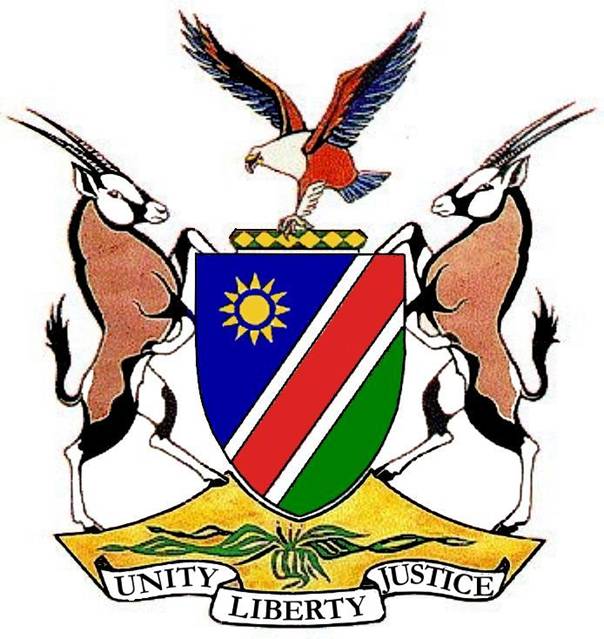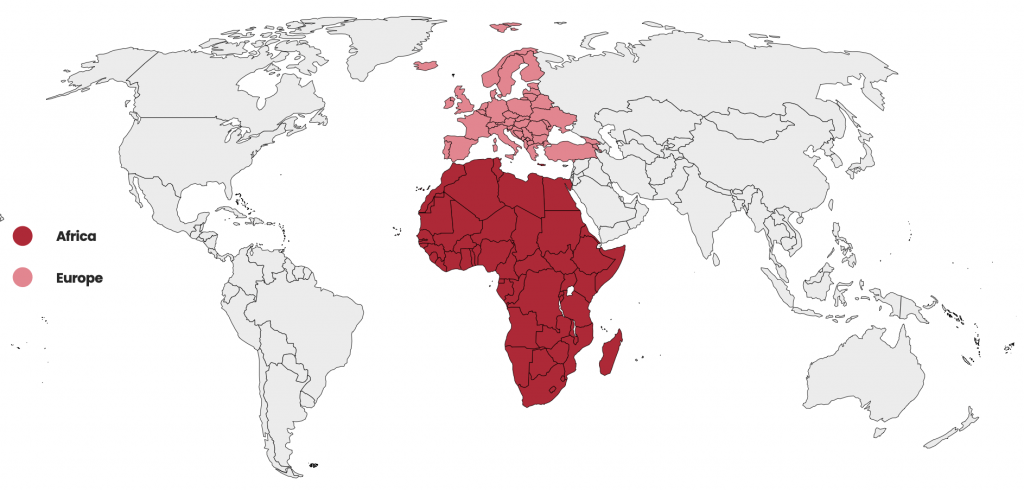Some Context,
The economy of Namibia has grown at an average rate of 4.6% per annum from 2012 to 2016. The economic growth rate (in real terms) has witnessed a sizable contraction between 2017 and 2018 due to domestic and external factors such as reduced public spending. Our Government has since implemented various fiscal and structural reforms to spur economic activity and growth such as, implementing a fiscal consolidation, improving spending efficiency and boosting growth by creating fiscal space for public investment and promoting private participation The Covid-19 global pandemic has not helped Namibia’s situation either. All the previous gains from some of Governments reforms, were eroded overnight. Now more than ever, budgetary allocation by central Government are simply not sufficient to bridge the infrastructure gap nationally, let alone regionally. The successful implementation of developmental plans like the Harambee Prosperity Plan, NDP5 and Vision 2030 are at jeopardy. Newly appointed Governors and local authority leaders have the daunting task to attract private investments, create employment and substitute imports in their jurisdictions, but where does one start? The solutions to alternative infrastructure financing, efficient asset management and genuine value for money from projects, lies in Public Private Partnership (PPPs). PPPs are long term contracts between public and private parties for the development (or significant upgrade or renovation) and management of a public asset, in which the private party bears significant risk and management responsibility throughout the life of the contract, provides a significant portion of the finance at its own risk, and remuneration is significantly linked to performance and/or the demand or use of the asset or service so as to align the interests of both parties.
Why PPP’s
PPPs bring private sector investment and efficiencies for infrastructure creation and service delivery in an innovative, cost-effective and time efficient manner. Many Local Authorities rely on Government budgetary allocations for infrastructure development, however with our fiscal status-quo, the swift implementation of PPP projects is imperative at all levels of government. The last few years have seen various investment conferences both nationally and regionally, with little to no success. Although projects were identified in most cases by the public sector, the absence of a robust project identification, screening and appraisal process has deterred the private sector. From the private sector perspective, the rationale for investing in projects is commercial in nature. PPP projects are another investment avenue competing with other investment avenues available. Therefore, unless the projects provide clear government support, a vigorous feasibility study and an appropriate allocation of risk between the public sector and the private sector, and returns commensurate with the risks allocated, the private sector is less likely to invest in PPP projects.
Namibia’s PPP Arsenal
One of the critical requirements to create private sector investor confidence is to have a robust PPP Enabling Environment including a PPP Policy, Institutional, Legal and Regulatory Framework, Standard Operating Procedures and Manuals, instruments to identify and prioritize projects, adequate public sector capacity to prepare projects at par with international standards, and infrastructure financing mechanisms and interventions to support financial viability of PPP projects. Our Government has made concentrated efforts towards developing a PPP Enabling Framework. Namibia adopted the National PPP Policy in 2015 and the PPP Bill has been passed and enacted by National Assembly in June 2017. GRN has also set up a PPP Unit under the Ministry of Finance (MOF) and a PPP Committee has also been appointed.
Identify your Region’s Pipeline
With Namibia’s current PPP Enabling Environment, the main ingredients required to deliver PPP projects are all in place. As a matter of fact, the onus lies with the Regional Councils and Leaders to initiate their PPP identification and Screening processes. This will enable the Local Authorities to establish and prioritize a project pipeline that can later be developed further to the appraisal stage.
__________________________
PANASHE DARINGO (CP3P)
Certified PPP Professional
Director
Mondjila Project Advisory & Management


